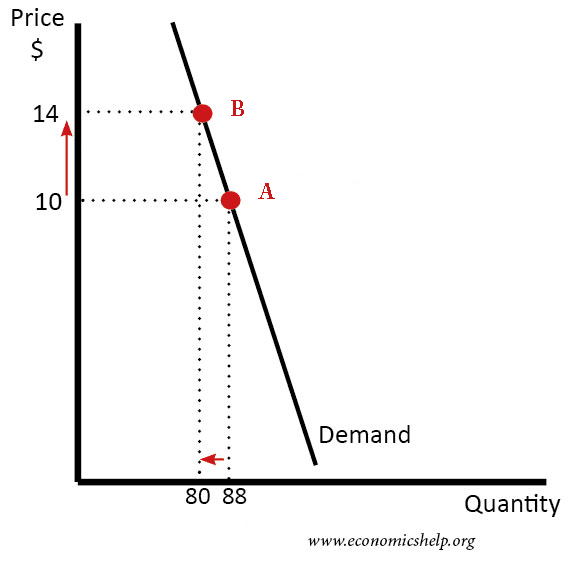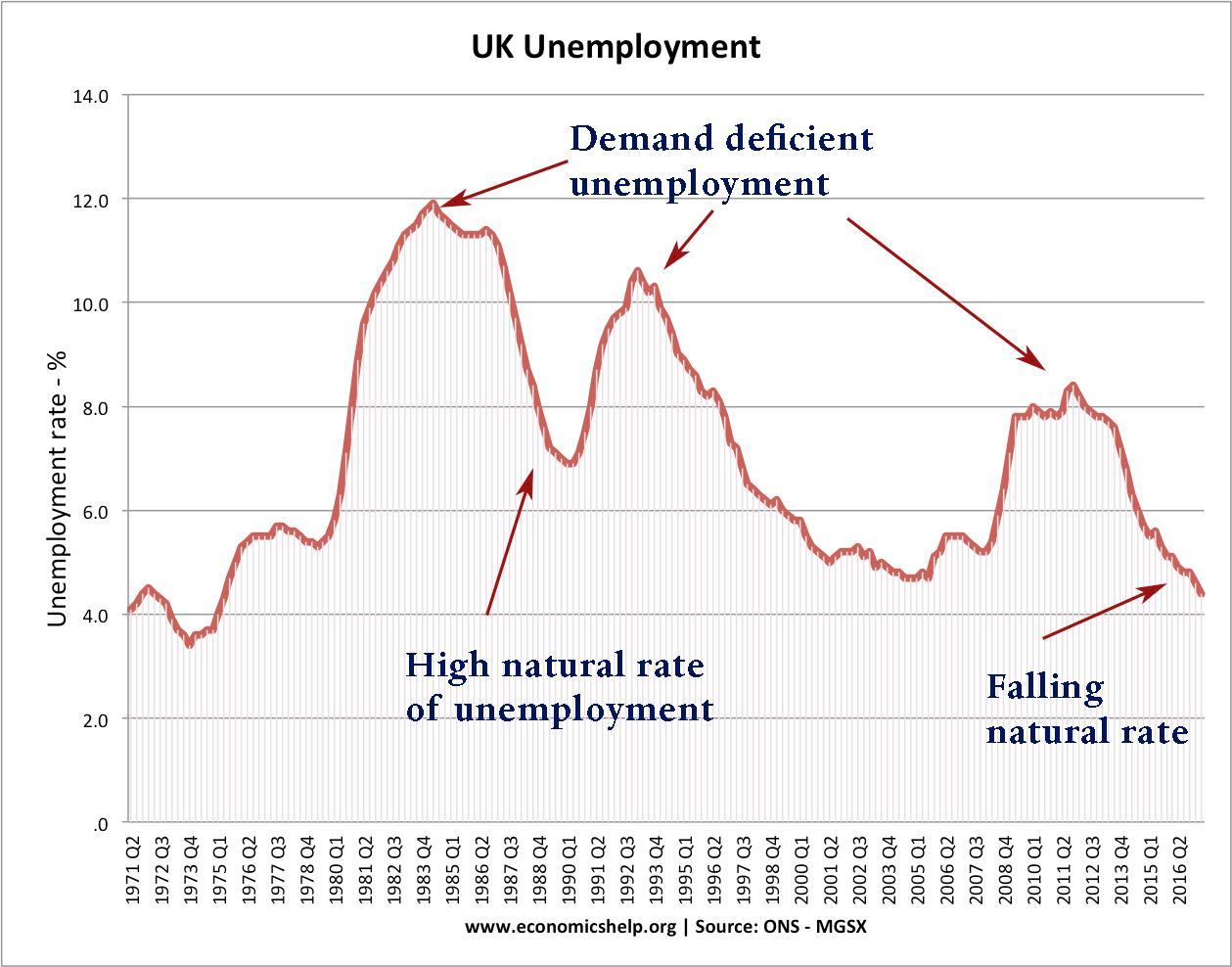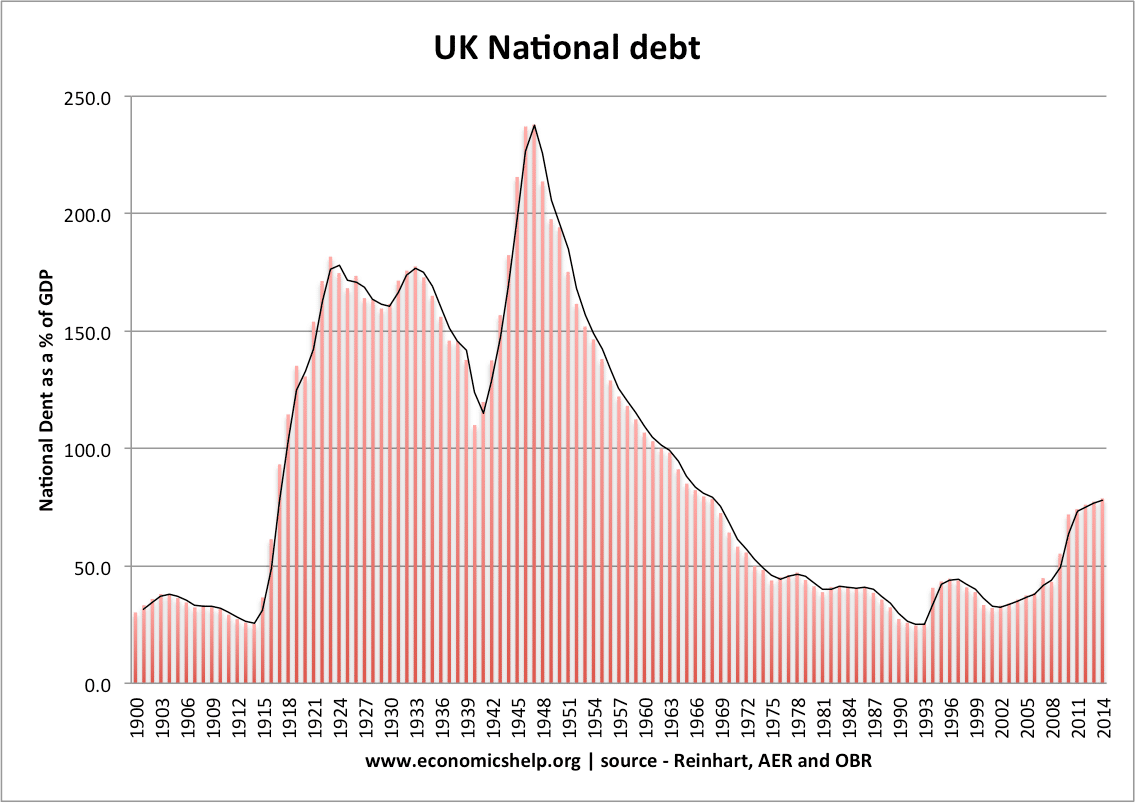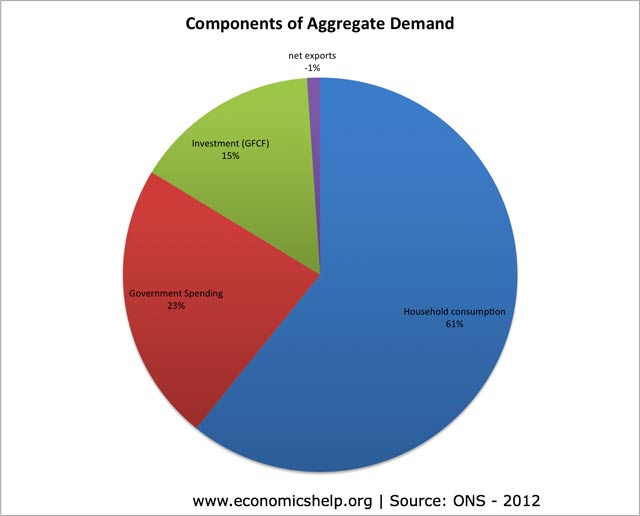Elasticity of demand for food
The US Dept of Food produces an interesting service on offering estimated elasticities of demand. [link] This graph shows the Cross Elasticity of demand (XED) for various goods with respect to food. I choose two countries – Bangladesh (low income) and the UK (relatively high income) Source: [link] What this means is that if the price …




